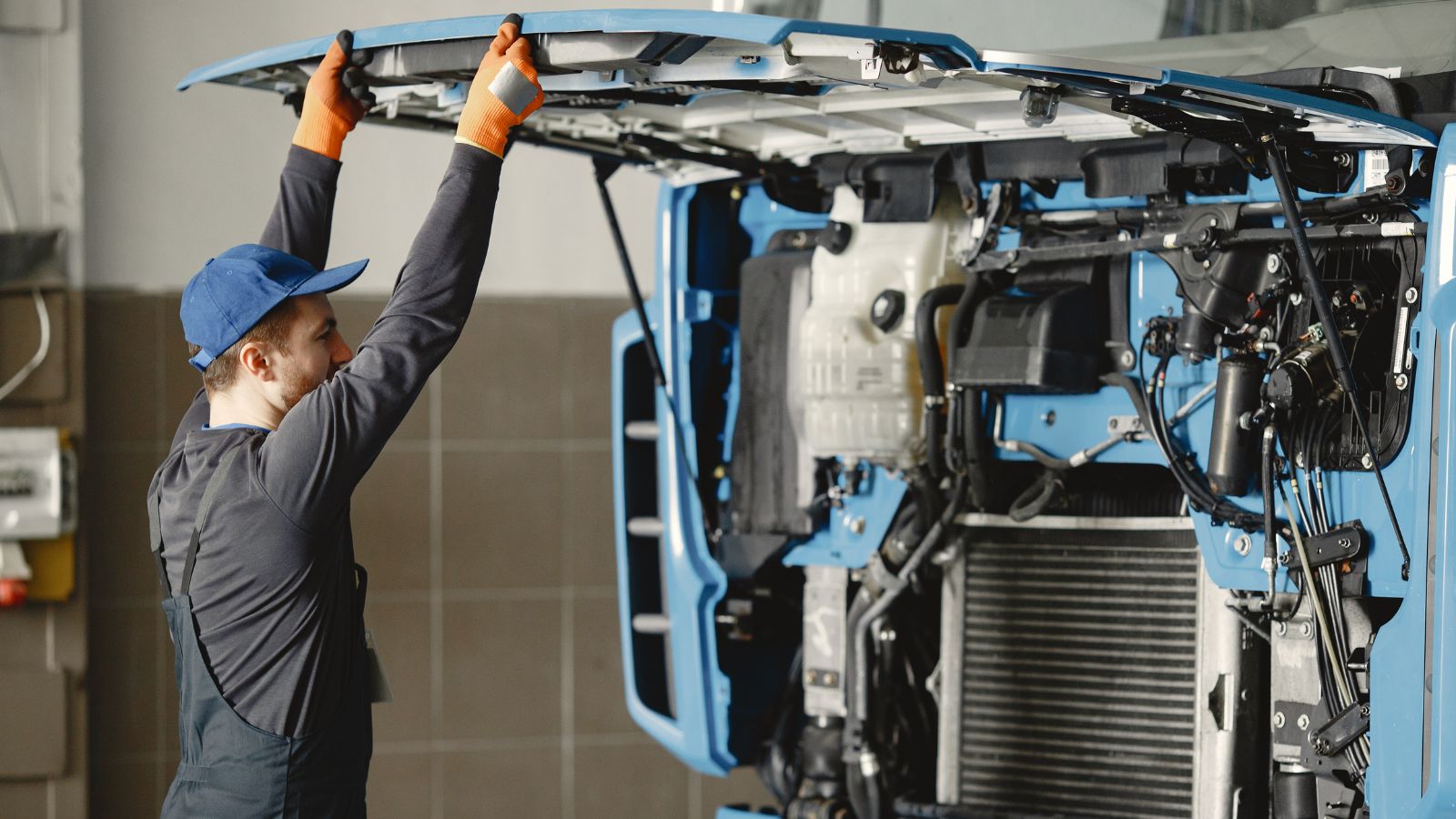Navigating the complex world of repairs and maintenance regulations can often feel like a daunting task. With a myriad of rules and guidelines to follow, it’s easy to get lost in the labyrinth of legalese. But don’t fret, this article is your compass, guiding you through the intricate maze of these regulations.
Understanding these regulations is crucial for property owners, landlords, and businesses alike. It’s not just about staying on the right side of the law; it’s about ensuring the safety and well-being of those who use and occupy these spaces. So, buckle up and prepare for a deep dive into the essentials of repairs and maintenance regulations. The journey might be complex, but the destination is worth it.
Repairs and Maintenance Regs
Meticulously understanding repairs and maintenance regulations is an imperative task for property stakeholders. Complexity varies, yet the necessity remains. Unravelling these requirements aids in dodging non-compliance penalties, ensures occupants’ safety, and maintains properties’ physical conditions.
Importance of Compliance
Compliance in the realm of repairs and maintenance regs isn’t just about following rules for the sake of it. It’s about maintaining a certain standard of safety, habitability, and efficiency in properties. For instance, buildings must comply with fire regulations for the occupants’ safety. Similarly, state laws may demand that rental properties be in habitable conditions – which includes working plumbing, heat, and electric equipment. Compliance isn’t optional; it’s a prerequisite with heavy implications.
Distinguishing Repairs From Improvements
Differentiating between repairs and improvements plays a critical role in understanding maintenance regs. Generally, repairs denote works undertaken to maintain the existing condition of the property, like fixing a broken window or patching a roof. Improvements, on the other hand, increase value or extend property life, such as a kitchen remodel or adding a new room. Regulations might treat these two categories differently, particularly when it comes to tax deductions. As a property owner, knowing this difference could have significant financial implications.
 Regulatory Framework Overview
Regulatory Framework Overview
Understanding the intricacies of repairs and maintenance regulations requires a detailed examination of two crucial components: the IRS Repair Regulations and the Tangible Property Regulations.
IRS Repair Regulations
Primarily, the IRS Repair Regulations carry significant relevance when managing property. These provide definitive guidelines for distinguishing between capital improvements and regular maintenance. Maintaining this critical perspective assists property owners in avoiding unnecessary financial burdens and penalties.
IRS regulations stipulate that costs related to routine maintenance are usually deductible business expenses. On the other hand, costs incurred for improvements, thus extending the life of the property, must be capitalised and depreciated over a set period. By having an established process for categorising maintenance and repair expenses, property owners can ensure compliance with these regulations and avoid severe financial implications.
 Deductibility of Repairs and Maintenance
Deductibility of Repairs and Maintenance
In the arena of property upkeep, grasping the nuances of deductible expenditures under the IRS guidelines becomes crucial. It positions the owners to address the repairs and maintenance costs effectively and assists in formulating strategic financial decisions. Once cognisant of these guidelines, property owners can plan their expenditures and avail themselves of potential tax benefits.
Criteria for Deductible Expenses
For a repair or maintenance cost to qualify as deductible, several precis conditions exist. First, these costs must be a reasonable amount. That is, they do not exceed what an ordinary, prudent person would pay in similar circumstances. This aspect maintains the balance between ordinary and necessary expenses.
Second, these costs must be directly related to the habitual operations of the property. An excellent example is the cost of painting a rented condo. It’s a routine maintenance task catering to property aesthetics and value.
Lastly, these expenses must predominantly benefit the tax year in which they’re paid. For instance, if a roof repair caters to the longevity of the property and extends beyond one tax year, it qualifies as an improvement and not a deductible expense.